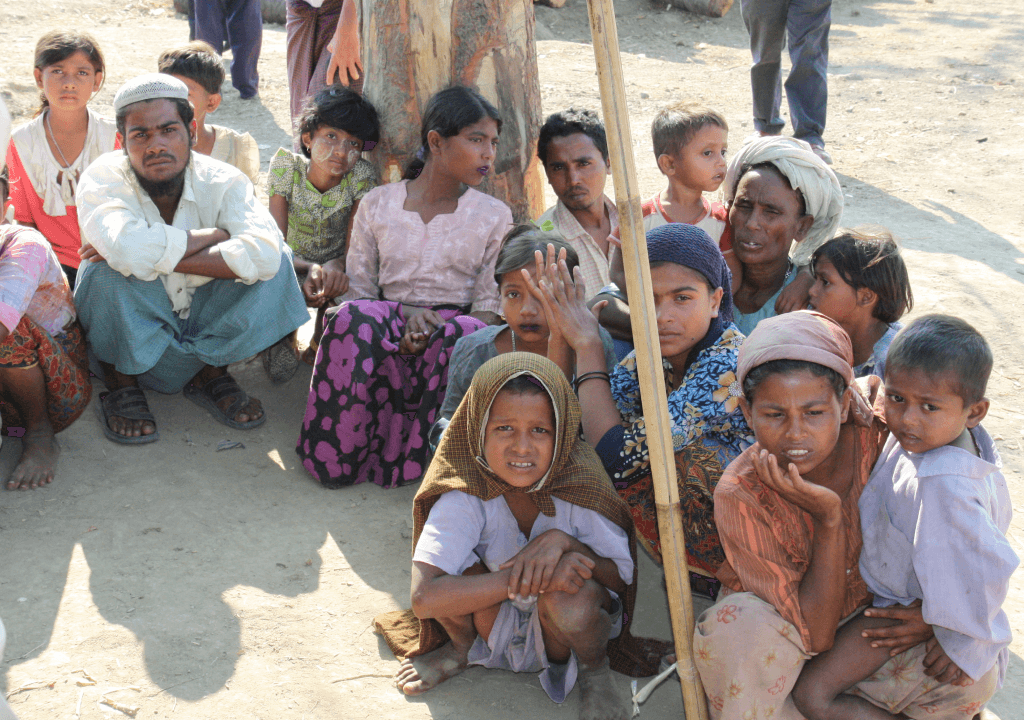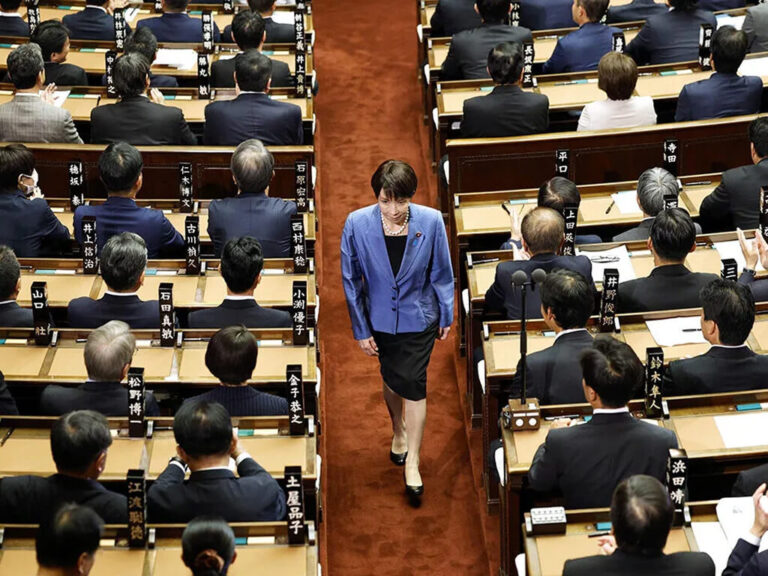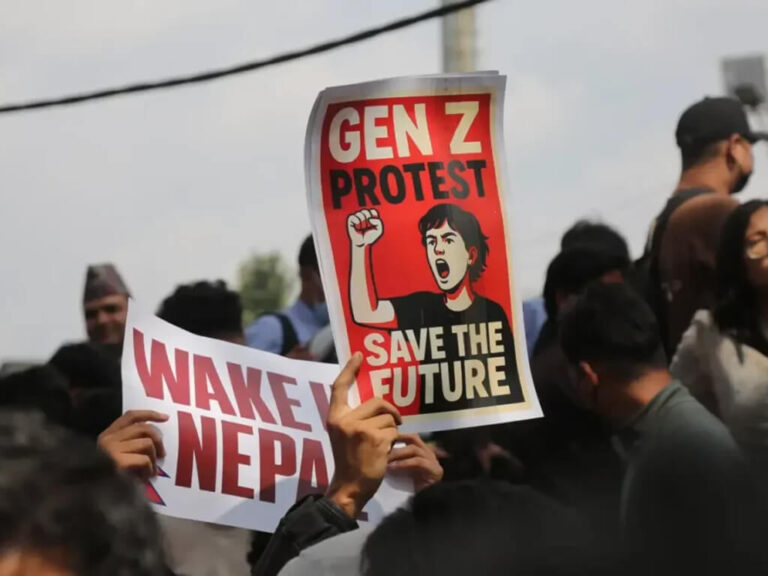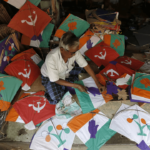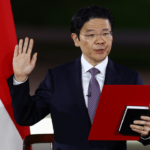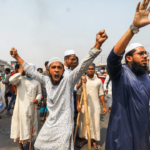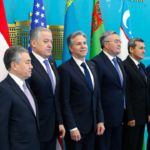Indonesia, with around a population of 280 million, stands as the world’s fourth most populated country and holds the largest Muslim population globally. The nation consistently takes a clear stance on issues within the Islamic world, drawing both congratulations and comments from online communities. Some applaud Indonesia for making more efforts for Gaza Muslims than even Saudi Arabia, the country’s alleged increase in Islamic fundamentalism, causing concerns that reverberate beyond its borders, notably affecting Bangladesh and India, particularly in the context of the Rohingya crisis.
In early December, a poignant scene unfolded in Aceh province, Indonesia, as hundreds of Rohingya refugees walked along the shore, guided solely by the faint glow of lights in a nearby village. Having faced rejection in one area of Aceh after a perilous boat journey, they sought refuge elsewhere. Aceh, a semi-autonomous Indonesian province marked by an increased influence of Islamic rule, was once known for welcoming Rohingya refugees escaping persecution in Myanmar or the harsh conditions in refugee camps in Bangladesh, where approximately one million Rohingya currently reside. In the past, local fishers would guide stranded boats to safety, and villagers would wade into the waters to rescue the exhausted refugees.
In recent months, there has been a shift in sentiments. Local residents have gathered to protest against boat landings, expressing concerns that their resources are stretched too thin to accommodate new arrivals. Calls have been made for humanitarian groups to vacate the area.
A significant number of Indonesian students, donning green jackets, forcefully entered a convention center in Banda Aceh, where hundreds of Rohingya refugees from Myanmar were housed. According to Reuters footage, the students accessed the building’s large basement area, where Rohingya men, women, and children were seated on the floor, visibly distressed. Subsequently, the Rohingya were escorted out, some carrying their belongings in plastic sacks, and transported via trucks while the protesters observed.
The refugees were relocated to a government building, where protesters insisted on their removal. The UN refugee agency, UNHCR, attributed the incident to “a coordinated online campaign of misinformation, disinformation, and hate speech against refugees.”
Social media platforms, particularly TikTok, became breeding grounds for misleading or false reports and inflammatory language. One widely shared post on TikTok likened the Rohingya’s arrival in Aceh to Israel’s occupation of Palestinian territories. The commentator claimed that Rohingyas were determined to settle in Indonesia permanently, alleging complaints about and rejection of the provided food. The commentator derogatorily referred to them as parasites,” garnering nearly 200,000 likes.
Another post alleged that an unspecified Myanmar leader had made derogatory remarks about Rohingya people, stating that they are difficult to control, live uncleanly, defecate anywhere, are lazy, eat excessively, and marry multiple times.
The local official in Aceh clarified that there had been no criminal activity by Rohingya in his village. The only incident he could recall involved refugees taking coconuts from villagers’ trees due to hunger. This was settled amicably and did not recur.
In December, Indonesia’s President Joko Widodo announced the provision of temporary humanitarian aid to the Rohingya while prioritizing local residents. He expressed suspicion that human trafficking might be behind the increase in arrivals.
Azharul Husna, coordinator of the Aceh chapter of the NGO Commission for Missing Persons and Victims of Violence, notes that the current level of hostility towards the Rohingya is unprecedented since their first arrival in the province in 2009. While small-scale protests occurred in 2021 and 2022 due to disagreements over where refugees should stay, ongoing talks and engagement had previously eased tensions. However, misinformation and negative portrayals of refugees on social media have now divided locals, leading to larger protests. While NGOs and humanitarian organizations had previously dedicated funding to support Rohingya refugees in Aceh, resources are now more limited.
The challenges faced by Indonesia are similar to those in Bangladesh and India. There is sympathy for the tragic plight of women and children, anger towards Myanmar’s actions, but a common challenge is dealing with an overwhelming population and the inability to rapidly accommodate a large influx. Additionally, being democratic nations and heavy users of social media, they grapple with widespread misinformation campaigns. Addressing these issues becomes both a domestic and international political imperative for Indonesia.

